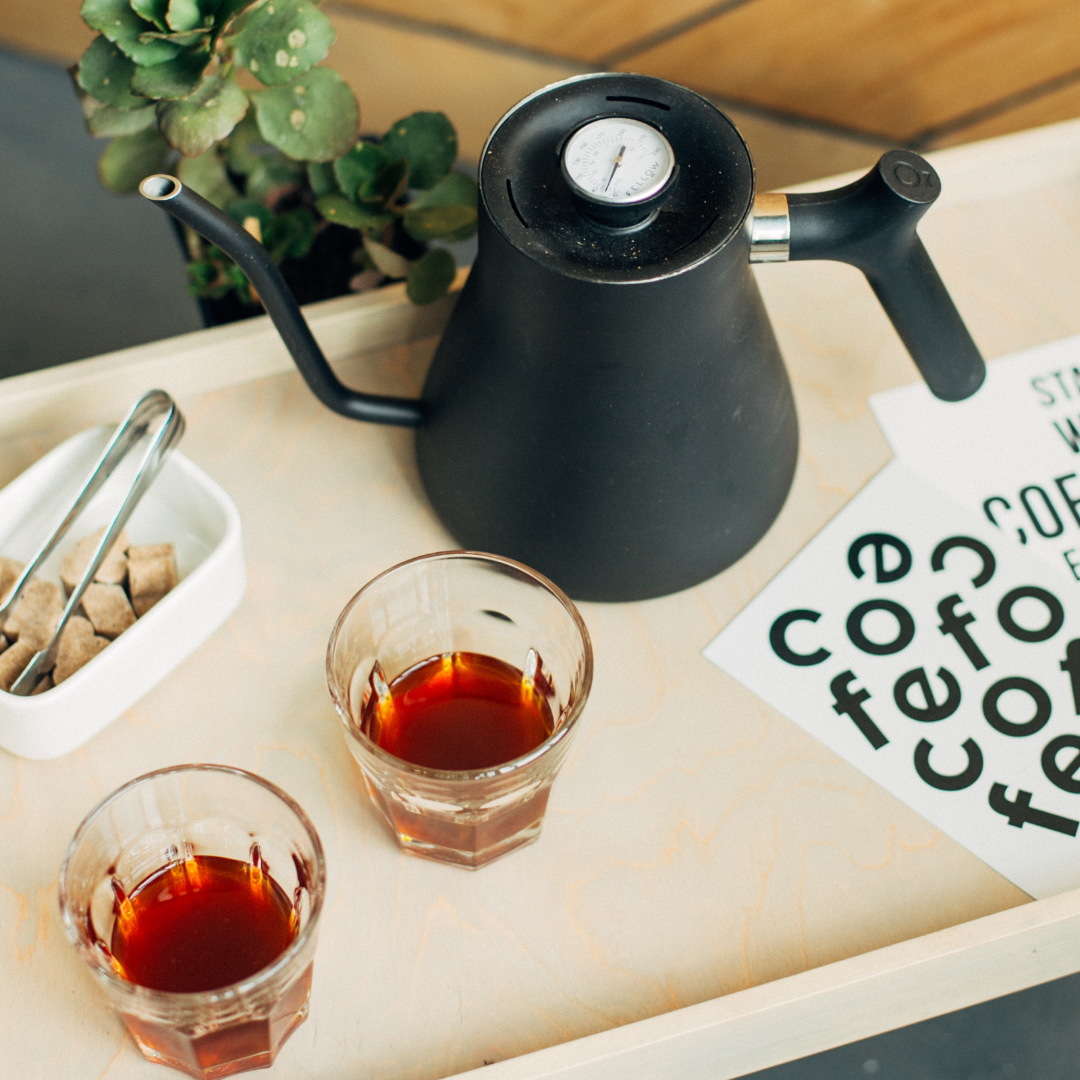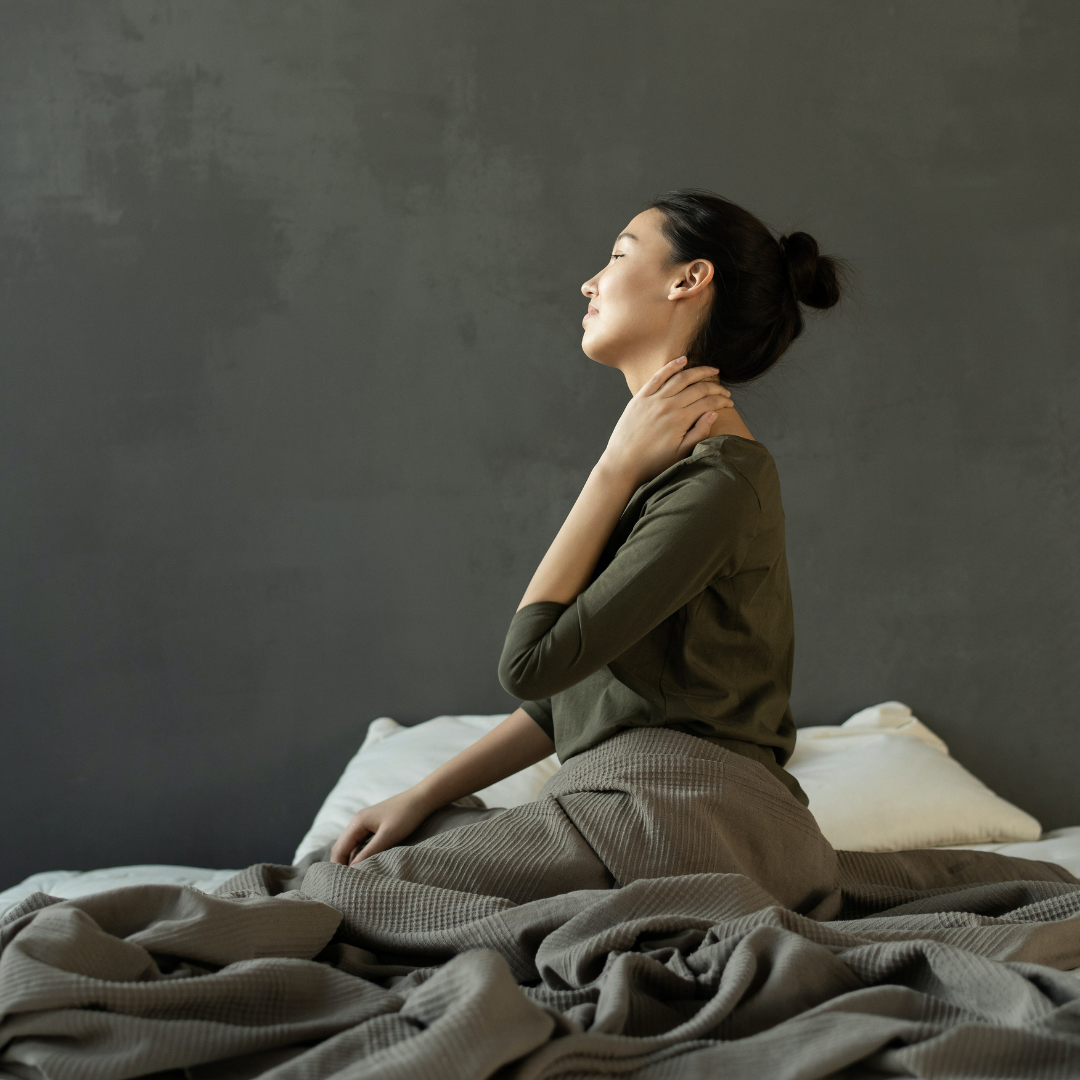Ever feel confused about some of the vocabulary we frequently use in traditional Chinese medicine? Here is a complete, yet concise, guide to TCM’s most common terms and keywords.
Acupuncture

Acupuncture is a technique to balance the flow of qi (lifeforce or energy) in the body. It involves inserting very thin needles of varying lengths into specific points on the body. The result of balancing the qi is pain relief, stress management, and other treatments of illnesses and ailments.
Acupressure

Acupressure manipulates the same or similar points on the body, but instead of using needles, pressure is applied.
Blocked
When your qi is blocked, that means it is in imbalance. Imbalance of qi leads to many different complaints and illnesses. If you say your liver is blocked, for example, that means the qi is imbalanced. This could be due to factors directly related to the liver itself, or related to the spirit, such as stress and depression.
Clear (Verb)
When you clear something, such as heat or cold, you are getting rid of excess heat or cold in the body, often with the use of herbs.
Cupping

Cupping is a Chinese medicine treatment that involves using special, often heated, cups directly on your skin that creates a suction. The suction draws fluids to the area through inflammation, facilitating the flow of qi.
Herbs

Traditional Chinese medicine herbs include:
- Plants, flowers, and leaves (such as chamomile, lotus leaf, and lily)
- Roots (such as ginseng, astragalus, and ginger)
- Fungus (such as hoelen, reishi, and cordyceps)
Hot & Cold
Hot and Cold in TCM refer less to temperature the way you know it, and more to the qualities of yin and yang. Yin is cold. Yang is hot. Different organs and parts of the body can be too hot (excess of yang) or too cold (yang deficient). Different herbs and treatments are aimed at warming or cooling parts of the body to bring this factor back into balance.
Interior & Exterior
We use these terms in Chinese medicine often to refer to treatments that directly affect the body interiorly (herbal supplements) versus exteriorly (acupuncture, cupping, moxibustion, etc.)
Meridian
Meridians are the pathways that qi uses to flow through the body. There are thousands of meridian lines in the body.
Moxibustion

Moxibustion is an external TCM treatment that involves burning an herb (usually sage) close to, or directly on, the skin. By stimulating these specific points, the body is encouraged to heal itself in those areas.
Pathogenic Qi
Pathogenic qi refers to the energy that causes disease and ailments. In order for pathogenic qi to have a negative effect on the body, the normal qi of the body must be in imbalance.
Point

Points in TCM refer to the places on the meridians where TCM practitioners can manipulate the qi via yin and yang. These points are most commonly used in external TCM treatments, such as acupuncture, acupressure, cupping, and moxibustion.
Promote movement (Verb)
Promoting movement is one way Chinese medicine practitioners refer to boosting blood circulation or flow of qi. When there is blood circulation, the body is able to send healing factors, such as white blood cells, to areas that need treatment.
Qi
Qi is the lifeforce of the body. It is energy. It is vital life force. In traditional Chinese medicine, qi is the thing that makes up all of creation. Qi also binds together everything that exists.
Soup Mix

This common internal TCM treatment consists of soup mixes made of a combination of ingredients aimed at treating an ailment. Often these soup mixes are secret traditions passed down through generations.
Spirit
The spirit in Chinese medicine is the spiritual aspect of our body and being. When our spirit is harmed by external factors, it can have internal physical symptoms. For example we can experience problems with our lungs due to negative emotions such as sadness and grief.
Tai Chi

Tai chi is a Chinese martial art that focuses on controlled movements and postures. In TCM, this exercise aims to bring the body back to balance through focus, mental calmness, and increased circulation. Even in the Western world, people acknowledge the benefits of tai chi for improved balance and flexibility. Tai chi burns plenty of calories (more than other physical activities such as skiing and surfing) and improves the cardiovascular system as well.
Tea

In Chinese medicine, tea is an infusion of herbs or herb mixes in hot water. Herbal teas are used to balance yin and yang in specific parts of the body for different issues.
Tonify
To tonify (or tonification) is the traditional Chinese medicine term for strengthening, nourishing, and/or replenishing the qi. You can tonify yin and yang, as well as blood or specific organs. TCM practitioners help you tonify the yin or yang when it is deficient or weak in order to bring harmony to the qi of the body and treat or prevent illness and disease.
Unblock (Verb)
Unblocking your qi means letting it flow through the body.
Western Medicine

Western medicine is usually used to refer to all medicine that is not traditional Chinese medicine, mostly in Europe and the Americas. It is rarely used as a derogatory term, as many modern Chinese medicine practitioners and herbalists support the combined ability of Chinese medicine and Western medicine to treat different health issues and promote wellbeing.
Wind
When wind enters the body through acupuncture meridians, it opens up the pores to enable other bad things to enter, causing illnesses such as colds, flus, and viruses in general.
Yin and Yang

Yin and yang are the two halves of qi. Just as everything is made up of qi, everything is made up of yin and yang. When yin and yang are in balance, the body will be healthy and able to fight off evil influences, such as bad emotions and viruses. When yin and yang are not in harmony, the body is open to attack. The different internal and external TCM treatments are all aimed at increasing or decreasing yin or yang in order to bring the body back to harmony.




Leave a comment
All comments are moderated before being published.
This site is protected by hCaptcha and the hCaptcha Privacy Policy and Terms of Service apply.